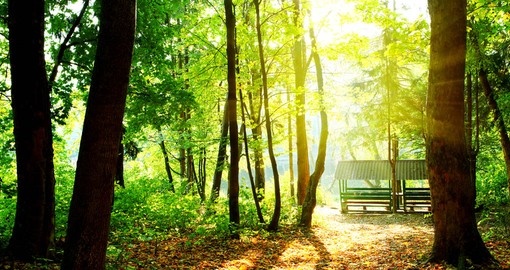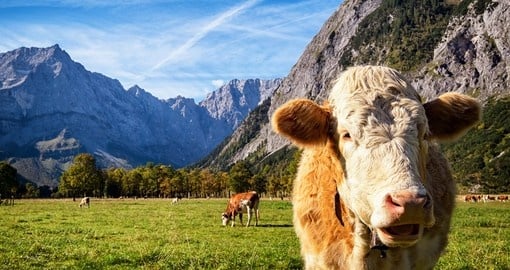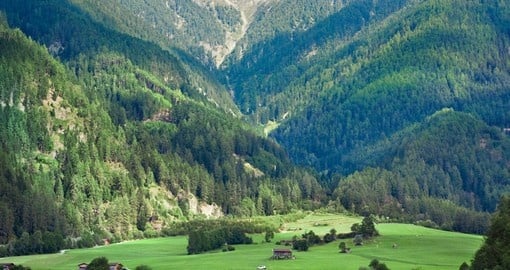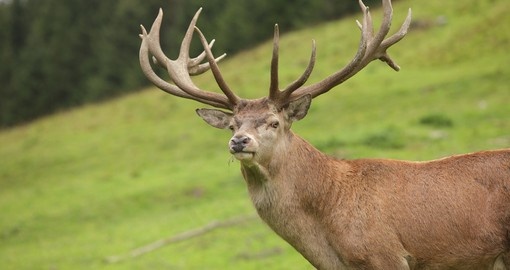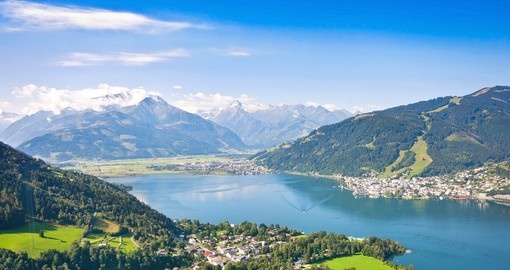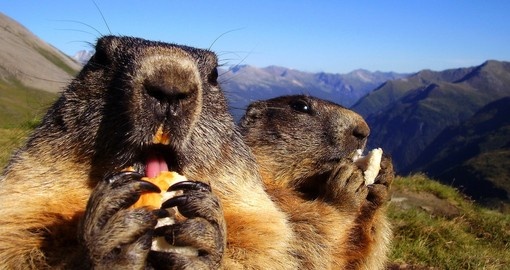Austria Nature & Wildlife
Known for its awe-inspiring scenery and landscapes, Austria hosts a variety of nature and wildlife. In total, the country is home to six national parks, nearly sixty nature reserves and parks and twenty alpine gardens. These parks and preserves span the country, incorporating various ecosystems and biodiversity.
Hohe Tauern National Park, Austria’s first national park, is also the largest in Central Europe. The first part was established in 1971, adding new territory until it reached its current size in 1992, covering areas in three Austrian states, Tyrol, Saltzburg and Carinthia. In the centre of the park, wildlife remains untouched, but outside of this part is an extensive hiking network. Hohe Tauern offers spectacular views which include both the Grossglockner and Grossvenediger massifs, the Rauris Forest and the Krimmi waterfalls.
Austria’s next national park, NeusiedlerSee-Seewinkel National Park, was established in 1993. Located in Burgenland, on the border of Austria and Hungary, it is the only steppe national park in Central Europe. With wetland reed beds, salt-water ponds and flood meadows, the park provides a habitat for nearly 300 bird species. Nearly half of NeusiedlerSee-Seewinkel is a natural area that remains untouched.
Established in 1996, Donau-Auen National Park is located outside Vienna in Lower Austria. The Danube River is essential to the park allowing for several plant and animal species to coexist within Donau-Auen. This park is famous for being the last remaining major wetland park in Central America.
Found in the northern Limestone Alps of Upper Austria, Kalkalpen National Park is the largest protected woodland in Austria. Opened in 1997 and covering an area of 20,825 hectares (51,500 acres), this park contains Central Europe’s largest forest region.
Thayatal National Park, situated in the northern section of Lower Austria is interesting because various species can be found amongst the castles and ruins that dot the landscape. Named for the Thaya River, this is a trans-border national park shared with Podyji National Park in the Czech Republic. There is a great network of hiking trails that allow visitors to experience both parks with ease.
The last of Austria’s six national parks to be established was Gesäuse National Park in 2002. Found in Styria, Austria’s northern state, Gesäuse is a mountainous area that takes its name from the Gesäuse range that is part of the Ennstal Alps. The highest peak within the park is Hochtor at 2,369 m (7,772 ft).
Austria Travel Information
At Goway we believe that a well-informed traveller is a safer traveller. With this in mind, we have compiled an easy to navigate travel information section dedicated to Austria.
Learn about the history and culture of Austria, the must-try food and drink, and what to pack in your suitcase. Read about Austria's nature and wildlife, weather and geography, along with 'Country Quickfacts' compiled by our travel experts. Our globetrotting tips, as well as our visa and health information, will help ensure you're properly prepared for a safe and enjoyable trip. The only way you could possibly learn more is by embarking on your journey and discovering Austria for yourself. Start exploring… book one of our Austria tours today!
Get a Trip Quote Order a Brochure






